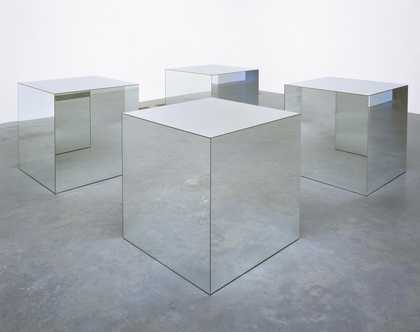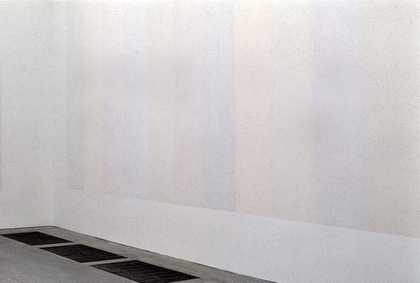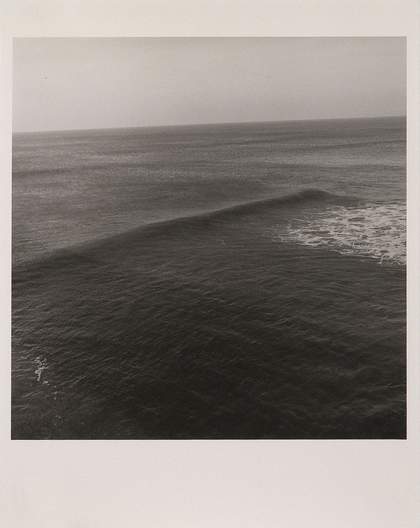
Robert Morris
Untitled (1965, reconstructed 1971)
Tate
How has formalist and poststucturalist thinking shaped our understanding of art and art history in the 20th century? What relevance do such ideas have today, in an age where anything goes and artists work in a ‘post-medium’ world?
Professor Boris Groys and Dr Anna Lovatt explore the work of modernist critic Clement Greenberg and his brilliant student Rosalind Krauss, considering among other things the changing role of the art critic and scholar, the continuing potency of the idea of the avant-garde, and the fate of the modernist project in the 21st century.
Boris Groys
Boris Groys is a philosopher, art critic, and curator whose research centers on modern Russian philosophy, French poststructuralism, and contemporary media. He is the Global Distinguished Professor of Russian and Slavic Studies at New York University, New York. In addition Groys is Senior Fellow for Philosophy and Media Theory at the Academy for Design (Hochschule für Gestaltung) in Karlsruhe since 1994. He co-curated with curator Qiu Zhijie Reactivation, 9th Shanghai Biennale, 2012 and was the curator of After History: Alexandre Kojève as a Photographer, BAK, basis voor actuele kunst, Utrecht, 2012 and Empty Zones, Russian Pavilion, 54th Venice Biennale, Venice, 2011. His published works include: Under Suspicion: A Phenomenology of Media (2012); Introduction to Antiphilosophy (2012); The Communist Postscript (2010); and Art Power (2008). Groys lives and works in New York.
Anna Lovatt
Anna Lovatt is Lecturer in Modern and Contemporary Art History at the University of Manchester. She has written extensively on art of the 1960s and its legacies, including essays on Trisha Donnelly, Rosalind Krauss, Sol LeWitt, Dorothea Rockburne, Anne Truitt and Ruth Vollmer. Her writing has been published in Artforum, Art History, October, Oxford Art Journal, Tate Papers and Word and Image. From August 2014, she will be the Marguerite Hoffman Scholar-in-Residence at Southern Methodist University, Dallas, Texas.


